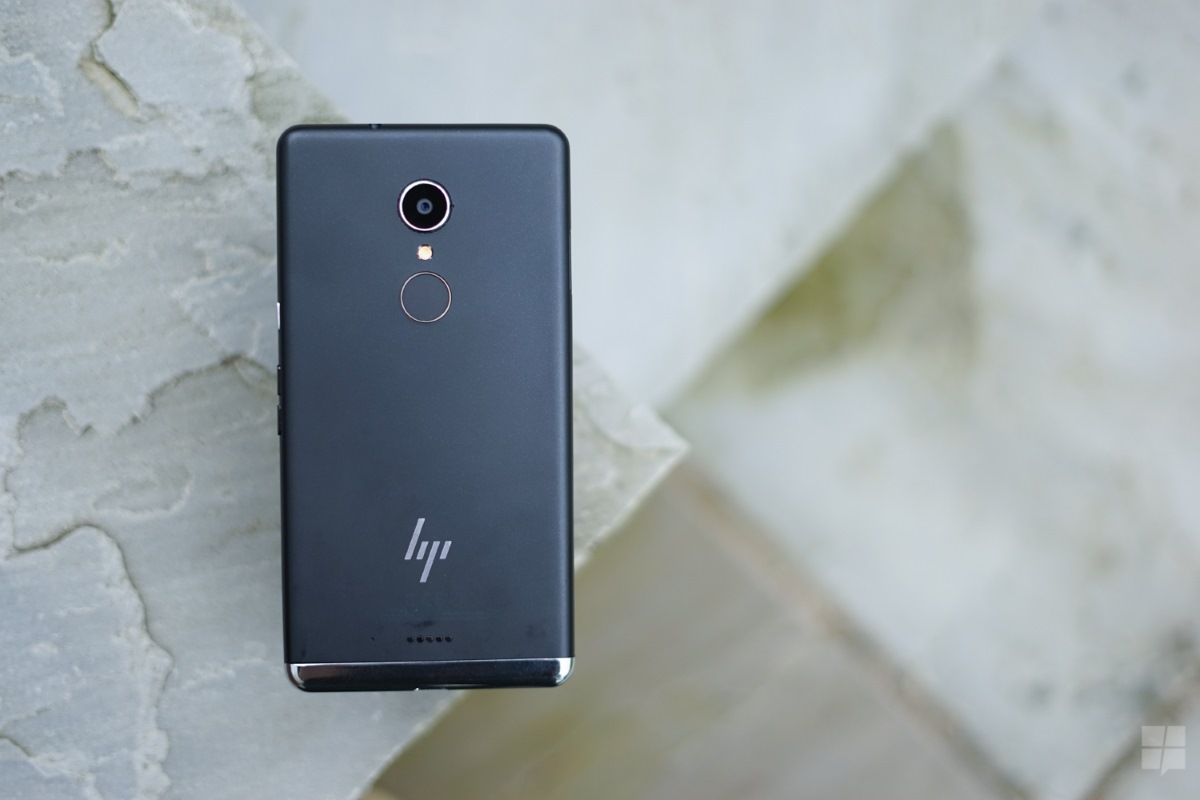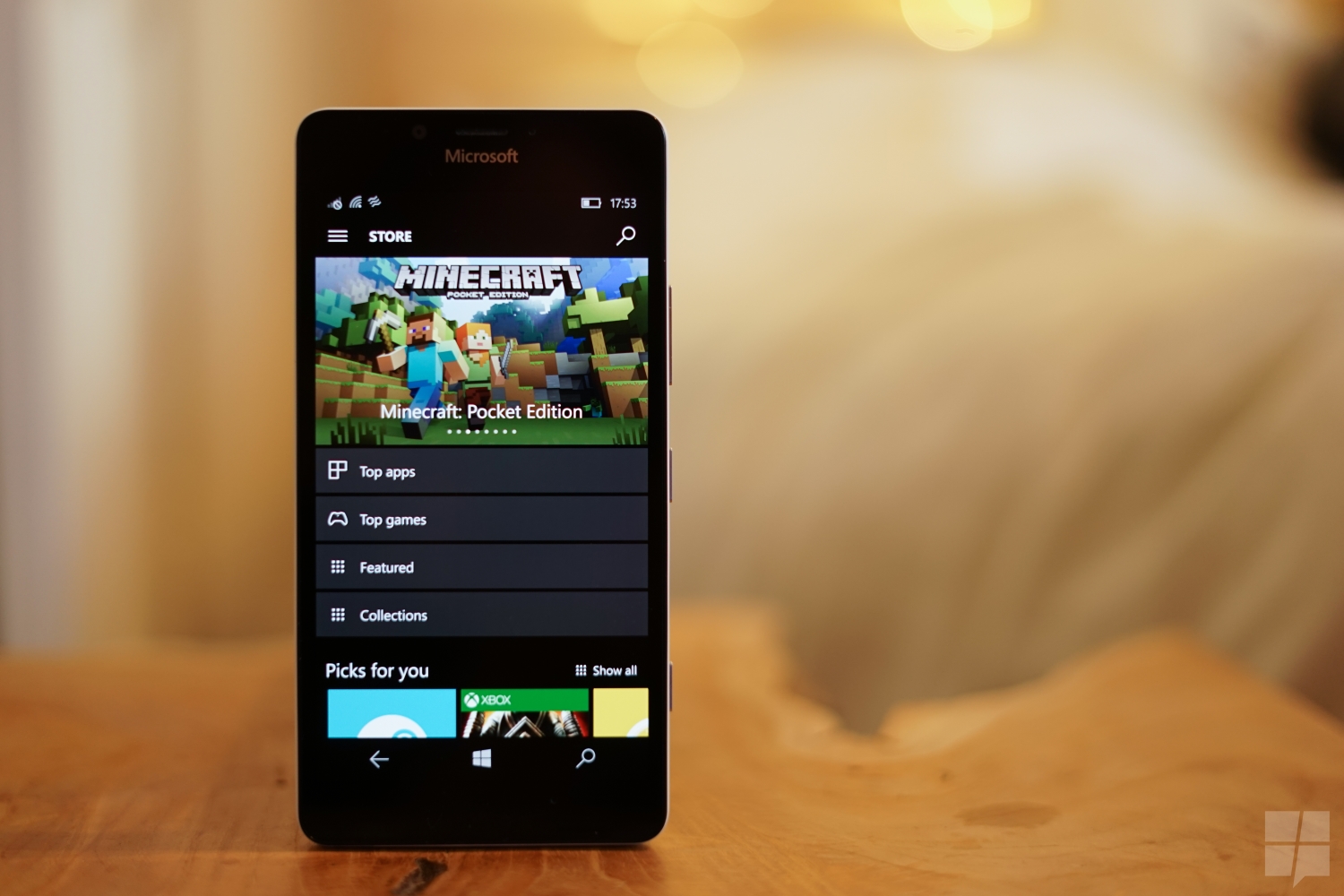Continuum and the Cloud: Microsoft's competing mobile visions
6 min. read
Published on
Read our disclosure page to find out how can you help MSPoweruser sustain the editorial team Read more

Earlier this week, Microsoft made a statement alluding to helping create “the ultimate mobile device”. This was seized upon by hopeful pundits and Windows phone fans to indicate that Microsoft was planning something big. They were planning the ultimate mobile phone, a Windows phone to rival others. This isn’t so self-evident. While Microsoft has expressed its intent to keep developing Windows on phone due to sheer inertia, the firm has also adopted a secondary method of building up its mobile arsenal – so to speak. These two paths are illustrated well enough with Microsoft’s phone companion app. With that app on your PC, Microsoft lets you pick one of two pathways. Adopt Microsoft’s vision of Mobile, choose a Windows phone and gain access to using all the same apps on your PC and phone. If that’s not your style, you can choose an iOS or Android phone while embracing Microsoft apps and services to sync. The crucial factor here to note is that while these two choices contradict each other by necessity, as long as you are using Microsoft apps and services on your phone of choice, you get the same “mobility of experience” that Microsoft believes in a necessity for the future of mobile.
Inherent in Plan A is Microsoft’s vision for the future of computing whereby you make use of one “brain” to control your laptop, tablet and Desktop. Microsoft’s PC Partners like Dell, HP and Acer have been building experiences around this concept. As you all know, Continuum for phone with Windows 10 Mobile is a feature where mobile phones by being docked and running Windows 10 Mobile can project their apps and UI to another screen giving the appearance of being a real desktop. It hopes to overcome the decisive app disadvantage of Windows phones whereby the apps which are available on Microsoft’s Windows phone are much less than those a user on iOS or Android can get by changing the definition of mobile phone from independent mobile computer to the brain of a multitude of devices.
This week, we got a glimpse at projects Microsoft is working on – a project to enable x86 virtualisation on phones. This feature would allow Windows 10 Mobile users to run real Windows apps on their phone and allow them to be productive once they are docked. Much like the HP Elite x3, while you’re on the go you can use the few apps there ae in the Windows Store, but when you get to your desk, you place your phone in a dock and then you can use your desktop
Yet – without getting bogged down by details of how it would work and perform – the main issue of Continuum still fails to be addressed. It isn’t practical. Let’s be real, have you seen a Microsoft office stacked with a HP Elite x3 or Lumia 950 XL and Continuum set up? If Continuum was so good, so life changing that it could really replace your PC as Microsoft pitches it- who else would have adopted it if not for Microsoft. Microsoft makes Office, the premier productivity platform, surely, they can get their productivity apps and services optimized for mobile in such a way that they can duplicate desktop services? When you’re peddling a business solution as superior to other solutions, it would add some legitimacy to your solution if you partially made use of it as well.
Unfortunately for Continuum fans, it isn’t hard to acknowledge that it would be much simpler to have a dedicated PC alongside a dedicated mobile device because those do two diametrically opposed things. As big of a fan as I am of newer style universal apps, because they have to be tailored for drastically different scenarios, their user interfaces just don’t work efficiently for all scenarios.
In my opinion, the second path alluded to in the first point represents a much more modern way of moving between devices. Rather than move screens – plugging and reconnecting cables and fiddling with this, that and the other. Even without a Windows phone, one can remain linked into Microsoft’s ecosystem without much trouble.
With Microsoft Groove, you can keep your music collection in sync. By setting up iCloud Photos and OneDrive on your devices, you can keep your photos in sync. Want to Skype across devices? You can do that too, in fact Microsoft plans to bring your Android texts to your Windows PC soon. Microsoft is even investing deeper into Android devices by allowing Android users to be able to replace their launcher and lock screen with Microsoft alternatives, swap out Google Now for Cortana and even sync across notifications from your phone to your PC.
For people interested in saying in the Microsoft ecosystem, this seems to be the smartest approach.
Without being restricted in terms of apps, you can access Microsoft core services on all your devices. If one were to determine the “Ultimate Mobile Experience”, then I think the experience which allows you to carry out the most tasks and move data across devices with the least hassle is by far the most efficient one.
Despite all that, we must remember that Henry Ford once said “If I had asked people what they wanted, they would have said, faster horses”. While Microsoft’s Continuum based phones seem poised to fail, an iOS and Android approach must seem (to those users who invested in Microsoft’s mobile ecosystem in the past), as a faster horse approach. It leans on old paradigms and doesn’t even attempt to be different. Despite being a Microsoft sanctioned experience, it reeks of defeat.
On the other hand, Microsoft has had “Let’s make your phone a PC” as their mobility goal and failed to implement successfully in more than a decade. With that in mind, hearing Satya Nadella talk about building the “ultimate device” right now does not inspire much confidence – regardless of whether Microsoft implements cool and futuristic elements into their mobile division. In the long run, though, it doesn’t matter much. Microsoft may not be able to build the best mobile horse right now, but tomorrow? The day after? That may be a different story altogether.











User forum
0 messages